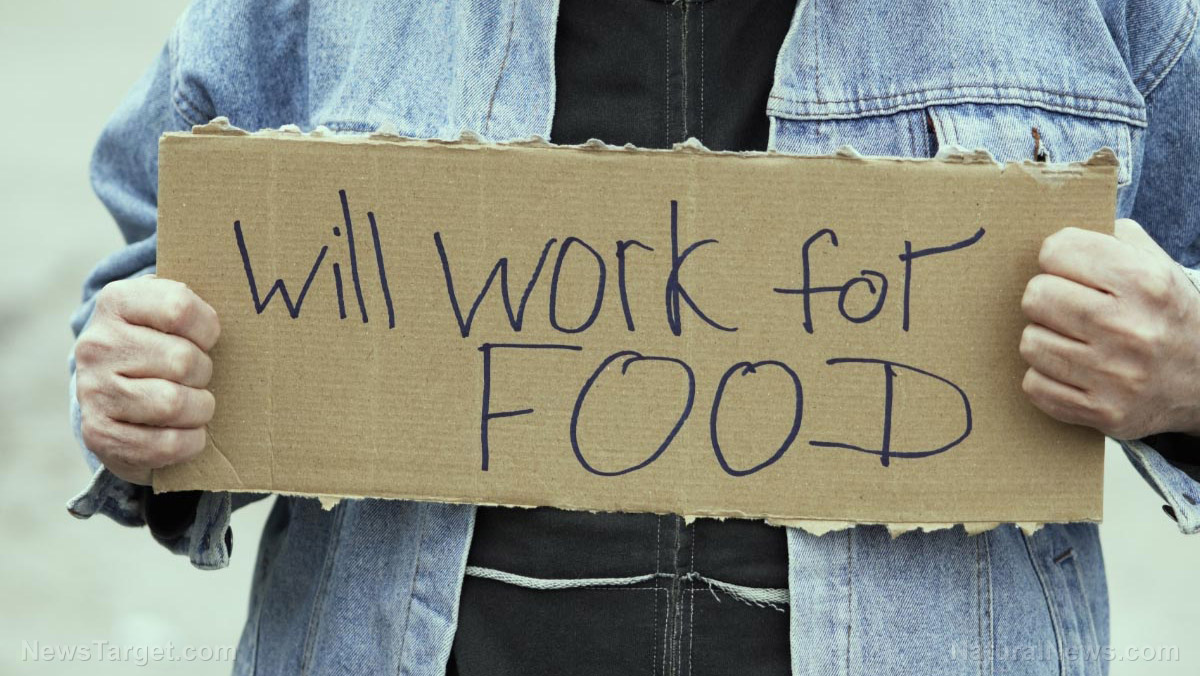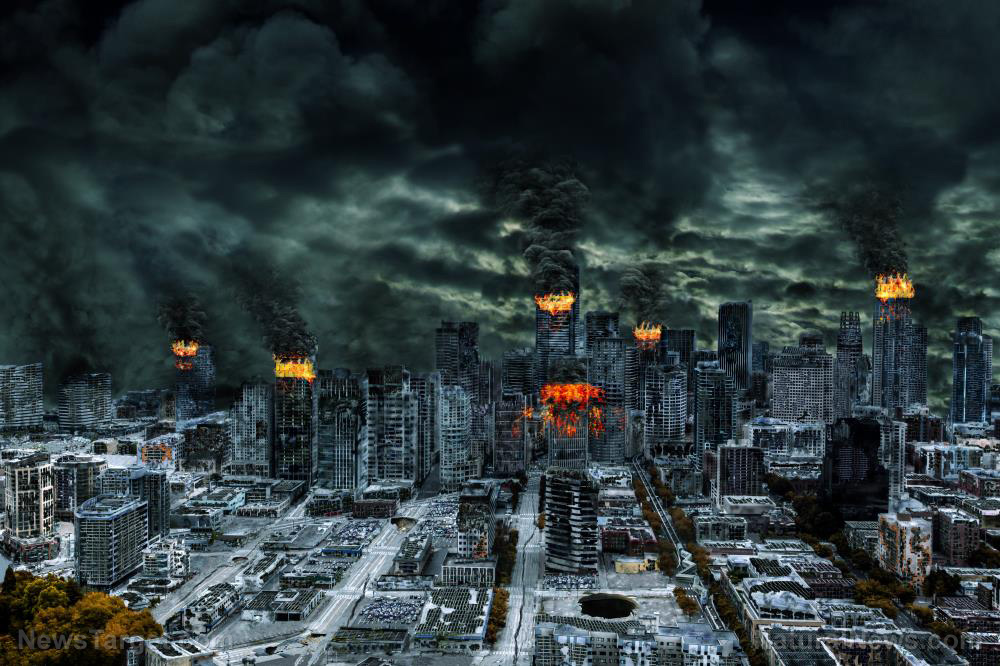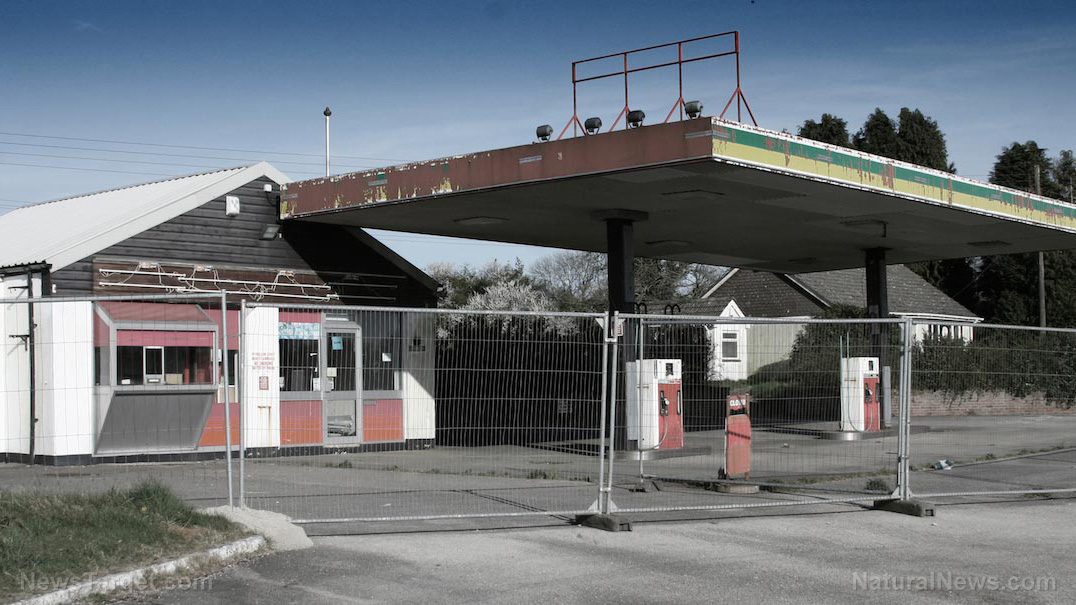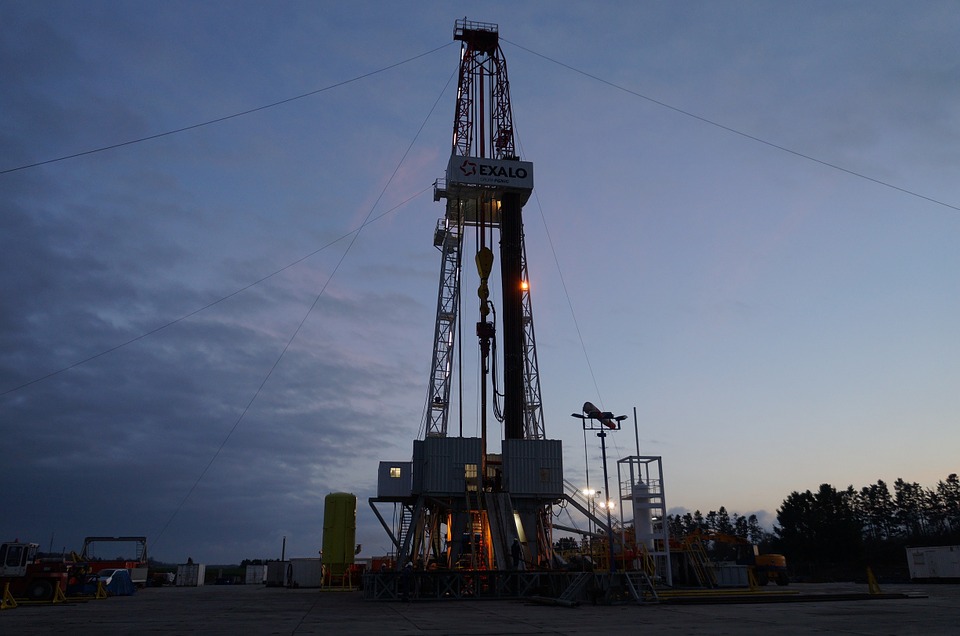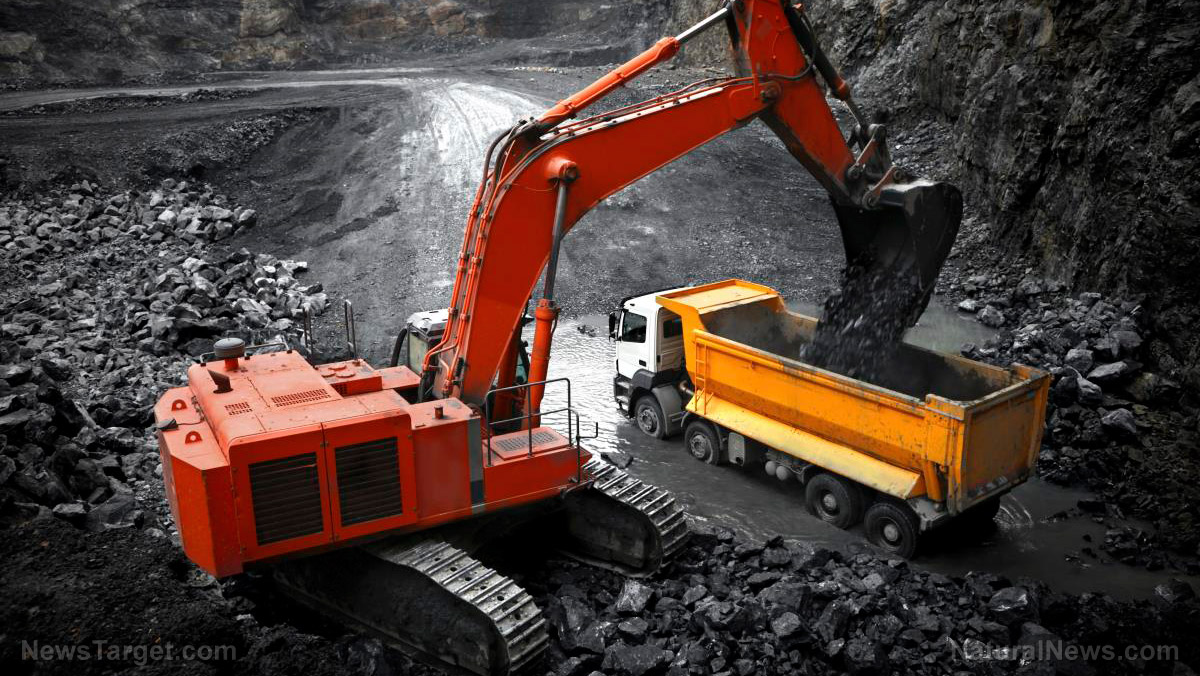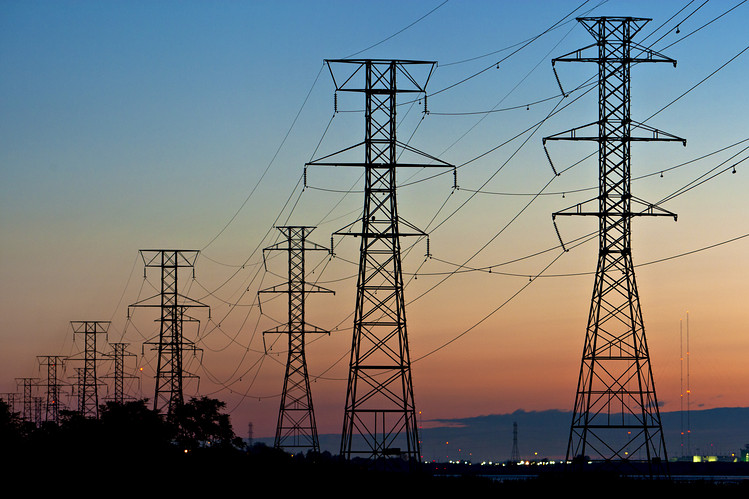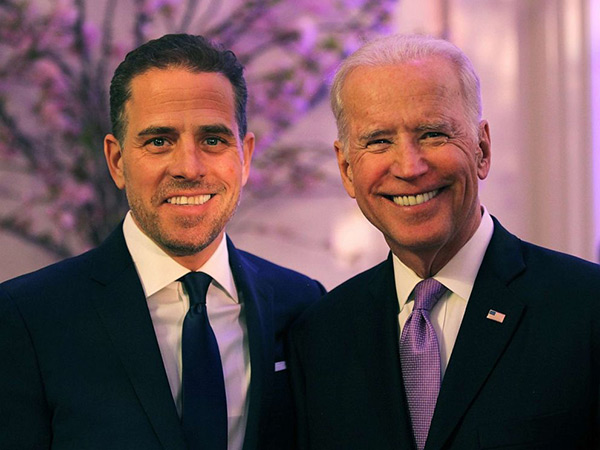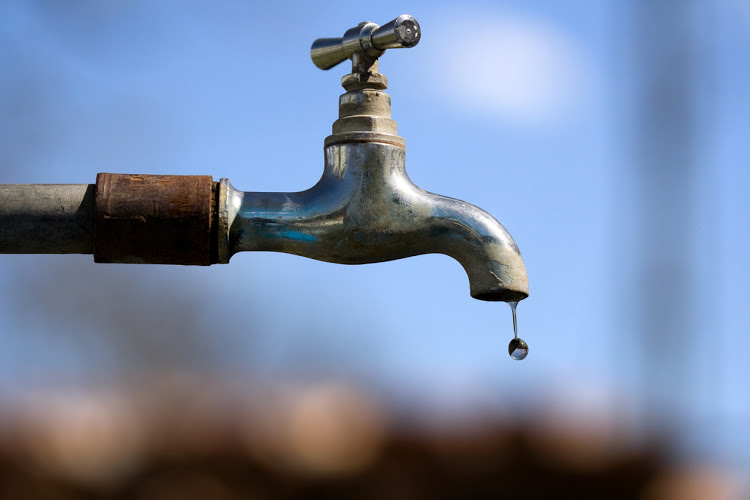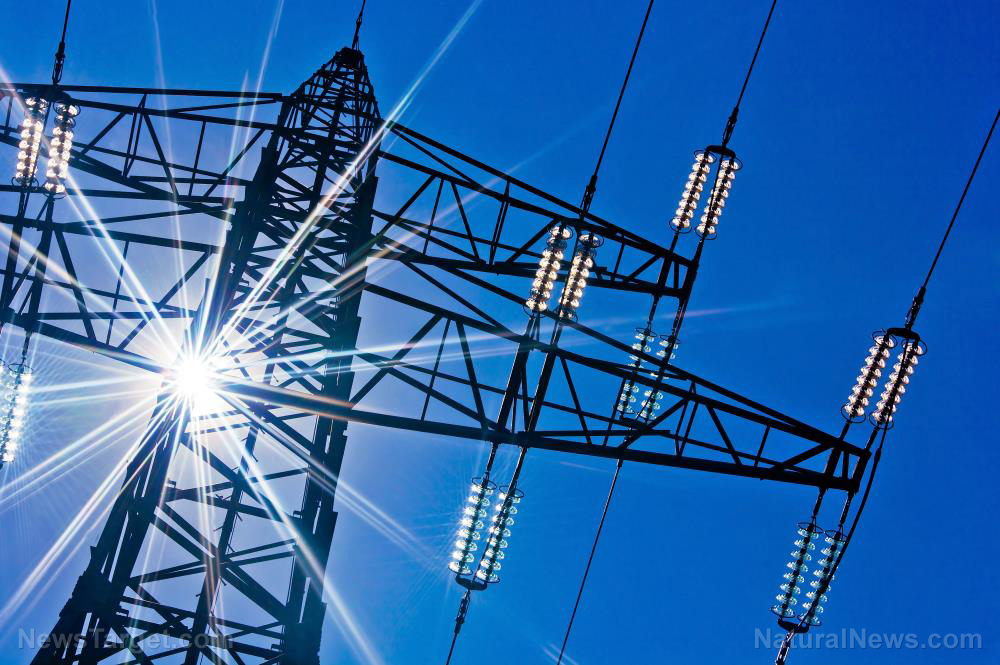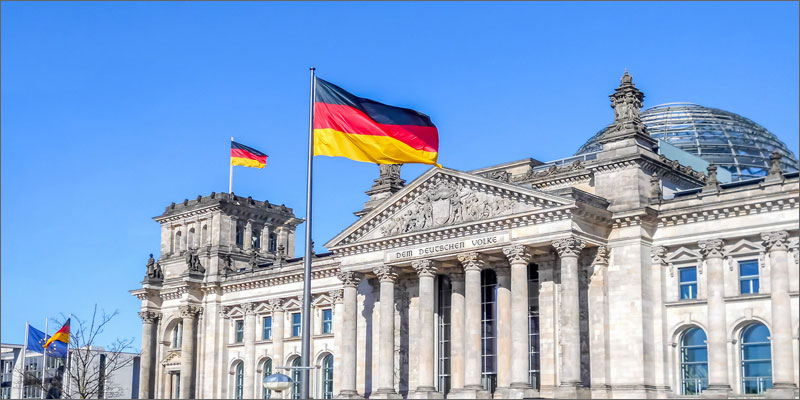Bidenflation much worse than expected: Consumer prices rise 9.1%
07/14/2022 / By News Editors
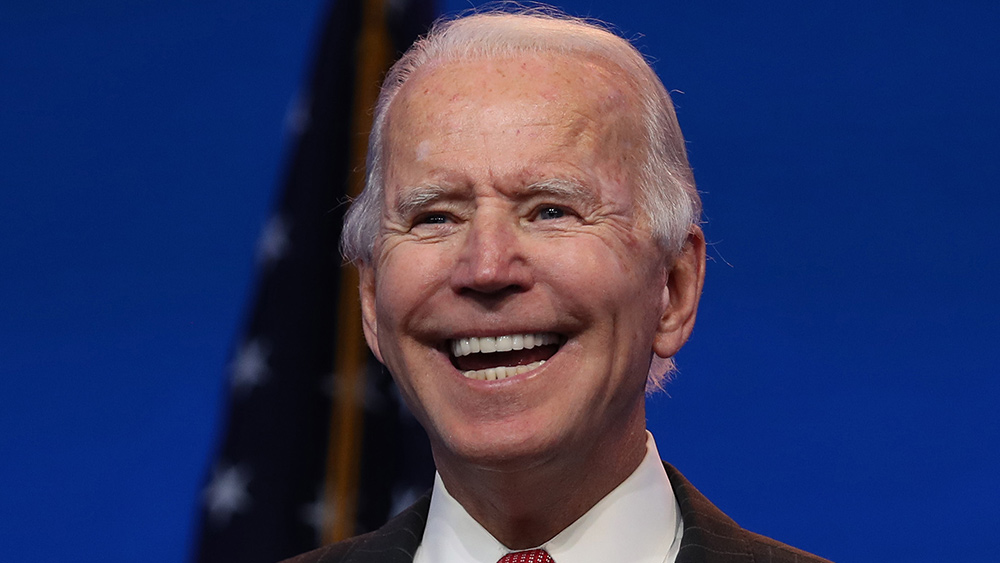
Inflation in the United States, already at 40 year highs, rose to an annual rate of 9.1 percent in June, the Department of Labor said Wednesday. This is the highest rate since 1981.
(Article by John Carney republished from Breitbart.com)
Compared with a month earlier, the Bureau of Labor Statistics’ Consumer Price Index was up 1.3 percent.
Economists had expected CPI to rise at an annual rate of 8.8 percent, up from 8.6 percent in May. They expected a month-over-month increase of 1.1 percent.
Inflation has hit American families hard by raising prices for everyday necessities like food, gasoline, housing, transportation, and utilities. Huge increases in the price of gasoline in June, which hit new all-time highs several times during the month, started to sap household and business spending on other items.
Economists look to a sub-category of inflation that excludes food and fuel prices as a better guide to future inflation than the headline number. This was up 5.9 percent in June compared with 12 months earlier. For the month it rose 0.7 percent. Both were higher rates of inflation than expected.
This was the 13th straight month of inflation running higher than five percent, meaning this year’s price increases are building on top of the decades high increases of last year.
Grocery store prices were up 12.2 percent annually and one percent for the month. Energy prices are up 41.6 percent annually and 7.5 percent since May. Gasoline prices jumped 11.2 percent in June compared with May, for a 59.9 percent year-over-year increase.
There had been some hope that inflation would let up in apparel, as some big retailers have said they were discounting to clear inventory. Prices of clothing rose 0.8 percent in the month, up 5,2 percent compared with a year ago.
Although many economists and anti-Trump journalists claimed President Donald Trump’s tariffs would raise prices, consumer prices remained low throughout his administration. Trump’s tariffs turned out not to be taxes on consumers. Instead, they were absorbed by Chinese producers and exporters and the profit margins of most large U.S. companies.
Inflation only began to accelerate last March after years in which it typically came in below the Fed’s two percent target. The Fed had decided to keep interest rates low in 2021 although the economy was recovering at a faster than expected rate. What’s more, the Biden administration pushed through billions of dollars of deficit spending in the American Rescue Plan. These combined to fuel demand for goods and services faster than supplies could expand, pushing up prices.
Federal Reserve chief Jerome Powell, following the advice of many of the economists on the central bank’s staff, initially claimed that inflation was due to transitory factors. Fed officials forecast that inflation would fall in the latter half of 2021, predicting that supply chains would swiftly unsnarl and a rebalancing of consumer demand from goods to services would relieve pricing pressure. The Biden administration, under the tutelage of former Fed chair and now Treasury Secretary Janet Yellen, largely followed suit and continued to press for even more spending.
Establishment media largely echoed these views, portraying the surge in inflation as a temporary shift higher due to the reopening of the economy. Many establishment outlets described fears of longer-lasting inflation as the product of partisan fear-monger and claimed they had no rational basis. Some of the same outlets that had claimed—without evidence—that Trump’s tariffs were raising prices, insisted price increases under Biden were no big deal. Some said that a silver lining of inflation would be higher wages. In fact, prices have been rising faster than wages, lowering the standard of living for many American families, and the hardest hit have been lower-income Americans. Middle-class and wealthier Americans have suffered as well, as the value of savings have been eaten away by inflation.
This government and establishment media consensus proved calamitous. Inflation continued to soar, sapping the credibility of the Biden administration and the central bank when it came to inflation. Late last year, Fed officials dropped the word “transitory” from their vocabulary and began signaling that they would raise interest rates this year. Capitol Hill Democrats were forced to abandon ambitions for socially-transformative huge spending on so-called “human infrastructure.”
The public’s perception of President Biden’s competence has collapsed. Many Americans interpreted the administration’s confidence that inflation would pass to be a sign that it did not care about the hardships inflicted upon families paying more for gasoline, groceries and Fourth of July cookouts. Recent polls have shown that Biden is now the least popular president in 75 years.
The Biden administration and Capitol Hill Democrats have sought to blame higher prices on corporate greed and price gouging—an idea that has largely been met with mockery, even by self-described liberal economics columnists like the Washington Post‘s Catherine Rampell. In fact, corporate profits declined 2.2 percent in the first quarter of this, a $63.8 billion decline, indicating that businesses are also being squeezed by inflation. The outlook for the future of business conditions among owners of small businesses fell to the worst level in 48 years in June, the National Federation of Independent Business said Tuesday.
Consumer sentiment, as measured by the widely followed University of Michigan index, has sunk to the worst level ever. The economy contracted in the first quarter of the year and looks set to have contracted again in the second quarter. Consumer spending grew just 1.8 percent in the first three months of the year and just 0.2 percent in May. Many economists expect a similarly week read for June consumer spending. Those numbers trail inflation, an indication that real spending has fallen. Consumers are spending more money but purchasing fewer goods and services due to high prices.
The Federal Reserve has pivoted to inflation-fighting mode. The Fed raised its target rate by 75 basis points in June, the biggest single-meeting hike since 1994. It is expected that it will implement another 75 basis point increase at its July meeting in two weeks. Following the June CPI report, futures markets implied very strong odds that the Fed would increase rates by 75 basis points in September, as well. Previously, the fed funds futures market had seen a smaller, 50 basis point hike as more likely at that meeting.
Read more at: Breitbart.com
Submit a correction >>
Tagged Under:
Biden, Bidenflation, collapse, economy, Federal Reserve, inflation, inflation rates, Joe Biden, politics
This article may contain statements that reflect the opinion of the author
RECENT NEWS & ARTICLES
COPYRIGHT © 2022 FuelSupply.news
All content posted on this site is protected under Free Speech. FuelSupply.news is not responsible for content written by contributing authors. The information on this site is provided for educational and entertainment purposes only. It is not intended as a substitute for professional advice of any kind. FuelSupply.news assumes no responsibility for the use or misuse of this material. All trademarks, registered trademarks and service marks mentioned on this site are the property of their respective owners.

